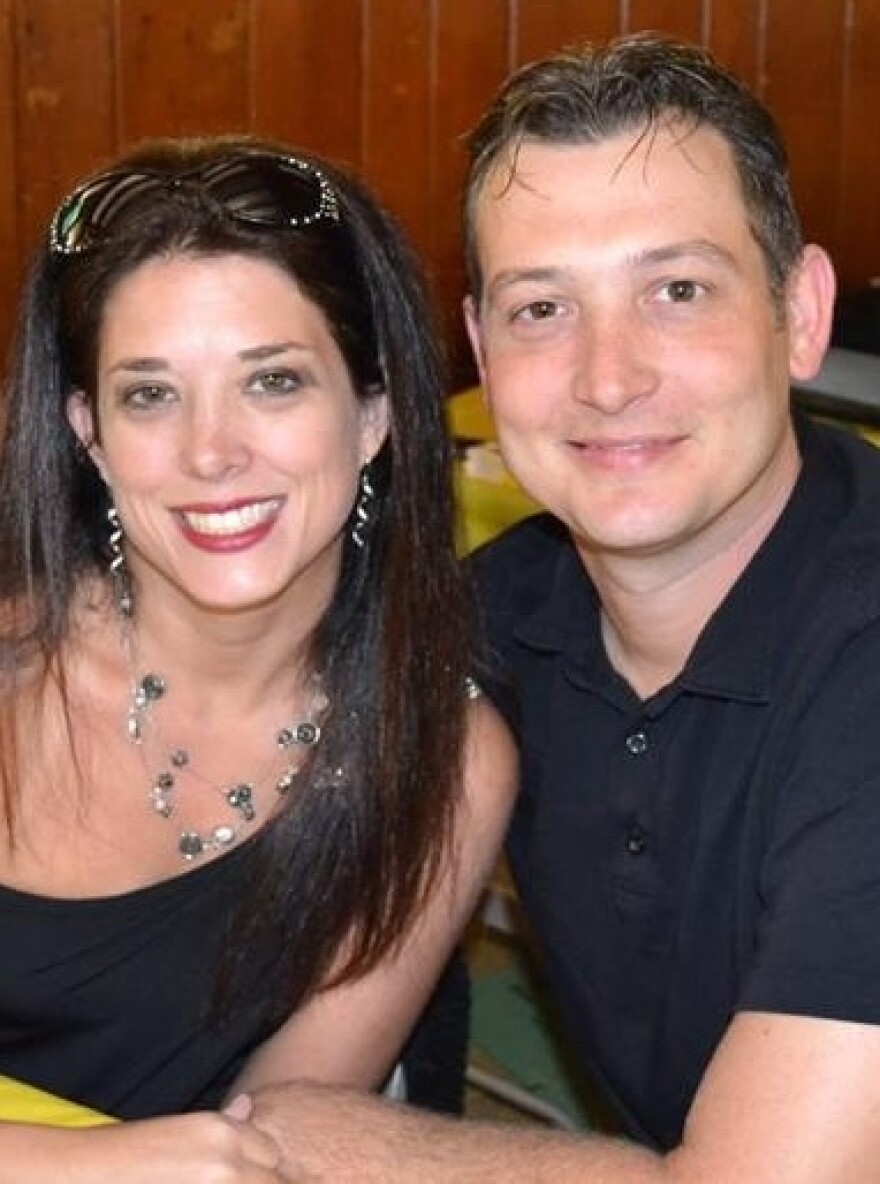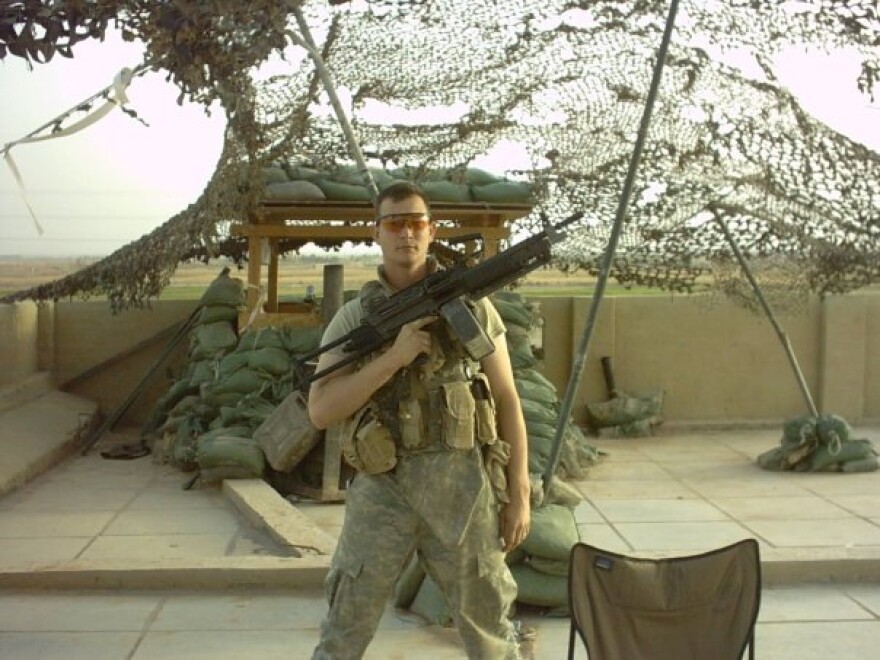In 1999, Lisa and Sumner Bemis met at a bar during a Penguins hockey game. She was intrigued by his unusual name, “and the fact that he had a Camaro," recalled Lisa.
"I loved muscle cars, " she said, "so it worked.”
Less than three years later they were married. After the Sept. 11 terror attacks happened Sumner was deployed as part of the National Guard and was in Iraq from 2005-2006. When he returned, Lisa was overjoyed to have him back. But she said he was a different person.
“My heart was broken because ... I don’t know how to explain it," Lisa said. "I was so sad that the man that I had loved and cherished was gone. I knew that he was going through something that I wasn’t with him with ... It’s so hard to explain.”

The changes were apparent in many ways: the fear of hitting improvised explosive devices, or IEDs, an inability to communicate effectively with Lisa and frustration with the seemingly trivial tribulations of civilian life.
“I was responsible for millions of dollars of equipment, for many lives," Sumner said. "One of the hard parts for me to come back to is now I go back into my regular job, and I’m low on the totem pole. I’m not a boss. I’m a journeyman, carpenter.”
He also had trouble sleeping. In Iraq, Sumner’s men were responsible for clearing IEDs. His vehicle was hit four times by the devices, he was shot at on multiple occasions. He said there was no one incident that triggered his post-traumatic-stress-disorder, or PTSD, rather it was the result of living in a constant state of stress. When he returned to the states, his sleeping mind imagined he was still overseas, or that the war had come to him in his North Hills home.
“When I came back, I pushed her out of bed, told her there was incoming. I pushed her out of bed and told her to fire back," said Sumner. "When I dream, it's of Iraq, or Iraqis here. You know I could be here at the house, barricading the house, that was the most recent one that I remember.”
Sumner’s sleep habits are not uncommon for those who have PTSD, according to Anne Germain, an associate professor of psychiatry and psychology at the University of Pittsburgh.
“The parts of your brain that when you’re awake detect threats in your environment, and the parts of your brain that will decide what actions you need to take when one of these threats are detected are not asleep with people with PTSD,” she said.
It is complicated, but basically Germain said threat circuits involve three big regions of the brain: The amygdala, which functions like the eye of the brain and lets you know if something is going on, the hippocampus, which is the memory center that decides if that something is dangerous or not, and medial frontal cortex, which decides what actions need to be taken.
The system can be broken for those with PTSD: the amygdala sees everything as a potential threat; the hippocampus can’t turn the amygdala off, and the prefrontal cortex is trying so hard to shut it all down it becomes exhausted.
“So you have a threat detection center that is always on red alert," Germain said.
But there are effective solutions — both pharmaceutical and psychological to this constant state of hypervigilance. The psychological treatment entails training the brain to think of an alternate set of images when its going to sleep. Germain said bad dreams often begin the same way.
“What we’ll ask them to do is to change that dream, any way they want and to mentally practice dreams your brain could go to, instead of going back to memories that are in the database and are kind of stuck,” Germain said.
It takes work. Subjects are expected to practice two or three times a day for one or two minutes at a time. Germain said common alternative images include of women in bikinis, going fishing or a funny joke told among peers. After a while she said the brain has a new set of scenarios it can go to, which she calls the path of least resistance for the brain. The shift can occur within weeks.
“Most people will see major changes in the frequency of their nightmares, the intensity of the dreams that they have. Sometimes they even end up dreaming of what they practiced. Most of the time they just end up sleeping through the night and they don’t even bother thinking about their dreams when they wake up in the morning," said Germain.
The medicinal option for dealing with bad dreams involves a drug called “prazosin,” which, coupled with antidepressants, blocks receptors in the brain. This helps cut off the message that something bad is happening.
Germain said having two effective options is key. Some people are turned off by the idea of medication, others don’t like psychological treatments.
Sumner Bemis is not using either option. He said he’s learned to cope and worries that messing with his formula would be a step backward.
“When I first came back, I don’t wish that on anybody," he said. "I’m worried that if I go ahead and do some of that and trigger something, now I’m back into that mentality, and that I don’t want.”
He said it's bearable now. It's manageable. Prompted to recall the last time he got a good night’s sleep, Sumner remembers an all inclusive beach vacation he and Lisa took to the Dominican Republic.
Smiling, he said he was “out cold.”




